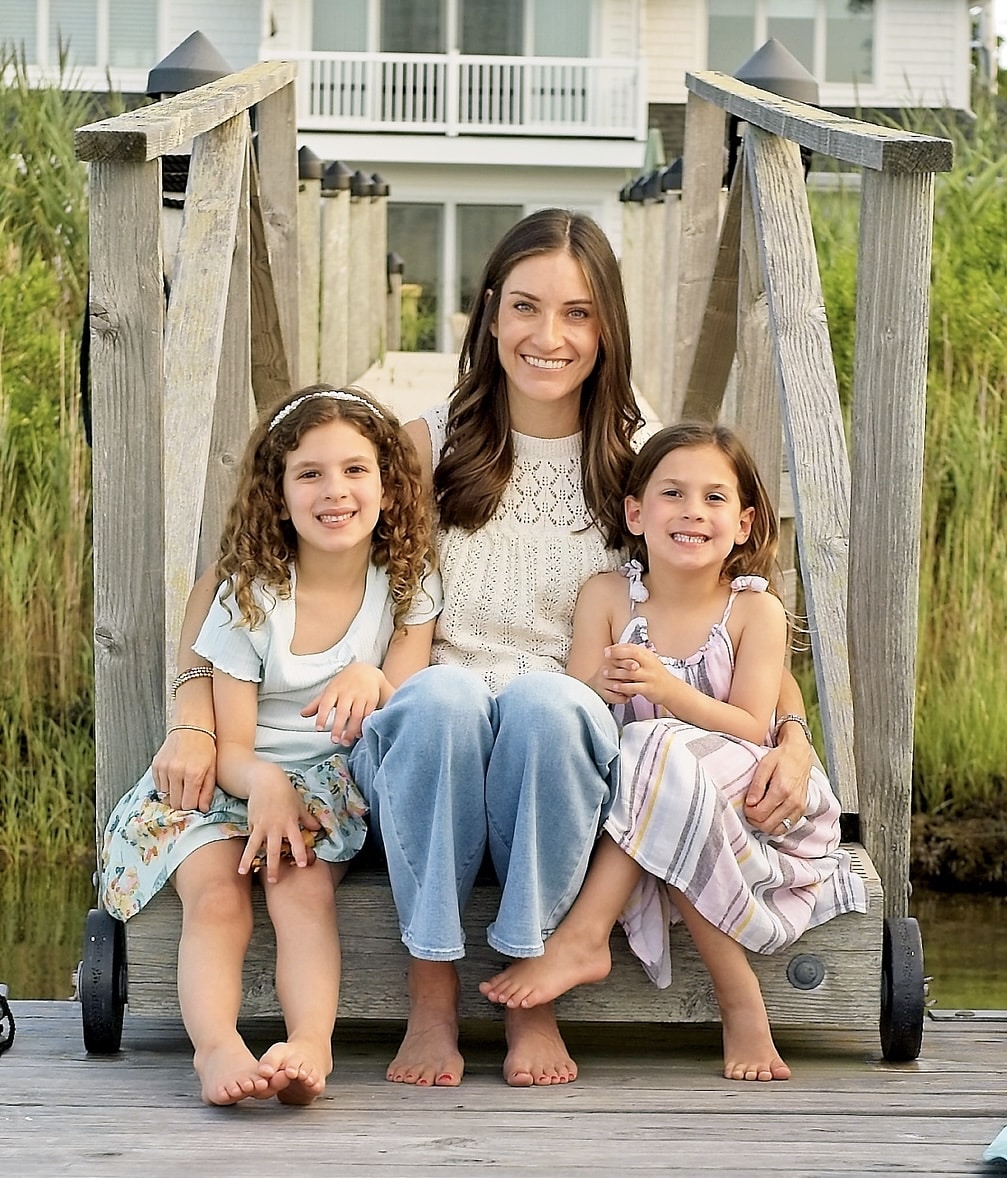
Getting nervous about how Daylight Savings and Spring Break travel will wreak havoc on your kids’ (and thus your own) sleep? You’re not alone. Whether you have a baby or big kid, children not sleeping well mean parents aren’t sleeping well – and that’s not good for anybody. Below, Lauren Wolf, a Certified Infant and Child Sleep Consultant behind Lolo Lullaby, shares her best Spring kids sleep tips, in particular for Daylight Savings and travel.
On March 10, it’s Daylight Savings and we’ll all “spring forward” and lose an hour of sleep. How should we acclimate our kids?
Lucky for us the Spring forward time change is much easier than the one in the fall. Although we lose an hour of sleep, our kids will wake up one hour later on the clock. So, if you have an early riser than usually wakes at 5 am, they will now wake at 6 am. Often this time change gives early risers the push they need to start waking later.
So that’s good news! How can we prepare before the change?
I typically don’t recommend any preparation for this time change. Focus on getting lots of physical activity and outdoor on Sunday. This helps reset the circadian rhythm. Remember it will be light out later so bedtime may feel confusing to kids. Try to dim your home an hour before bedtime so their bodies start producing melatonin and remember black out shades since they may be going to sleep while it’s still light out!
What are some counterintuitive tips that surprise clients?
More often than not, an earlier bedtime yields a later or the same waketime. This means that either way your child is getting more sleep. This is not the case for every child. For example, toddlers age 2.5-4 years who are still taking a long nap may need a slightly later bedtime. Often parents hear that formula or starting solids can help babies sleep longer but I have not seen evidence of this in my years of helping families.
If you’re traveling with small kids for spring break, what tools can you use to help them sleep?
For younger babies, I recommended bringing a Slumberpod and pack n play to their accommodations. Having a separate black out sleep space can help babies adjust quicker to their new environment. If possible, bring your child’s creature comforts from home. Examples would be their sleep sacks, fitted sheets, lovey’s, pacifiers, books, etc. This can make them feel more comfortable and “at home.”
Try your best to maintain their normal schedule but it’s ok to have some flexibility and enjoy your vacation. If your child is on multiple naps, try and have one in the room and one on the go. If you have later dinner planned, try and maximize your nap that day.
If you’re traveling across time zones, how can you get the whole family acclimated and avoid jet lag?
It’s very hard to avoid jetlag. Traveling 1-2 time zones shouldn’t be a big adjustment, however traveling from New York to California for example may take a few days of adjustment.
Try not to over plan activities in the first few days of your trip to account for tired or cranky kids. You may want to have more flexibility. Try and get your kids on the new time as quickly as possible. If your trip is less than 3 days, you can try staying on your local time zone vs. trying to adjust to the new one. The general rule of thumb is it takes one day for every time zone traveled to fully adjust.
Any other tips or thoughts on either topic you’d like to share?
If your trip didn’t go as planned with sleep don’t fret. I recommend doing a reset when you get home and get back to basics as soon as possible. If you’re looking for professional help you can reach me at lololullaby.com. I offer complimentary 15 minute calls for all first time clients.
More About Lauren Wolf
Lauren Wolf is a Certified Infant and Child Sleep Consultant who founded Lolo Lullaby. She currently resides in Boca Raton, FL with her husband Scott and two daughters, Avery and Zoe. After her first daughter was born, she felt lost on the subject of sleep. After months of dealing with 25 minute naps, she contacted a sleep consultant and quickly became obsessed with all things sleep. She decided to take this passion a step further and become certified through the Family Sleep Institute, really immersing herself in comprehensive evidence-based curricula and practical experience through 250 hours of training. Now, she provides a wide range of families with child sleep information, strategies, and holistic support on the professional level that she craved during those early days.
